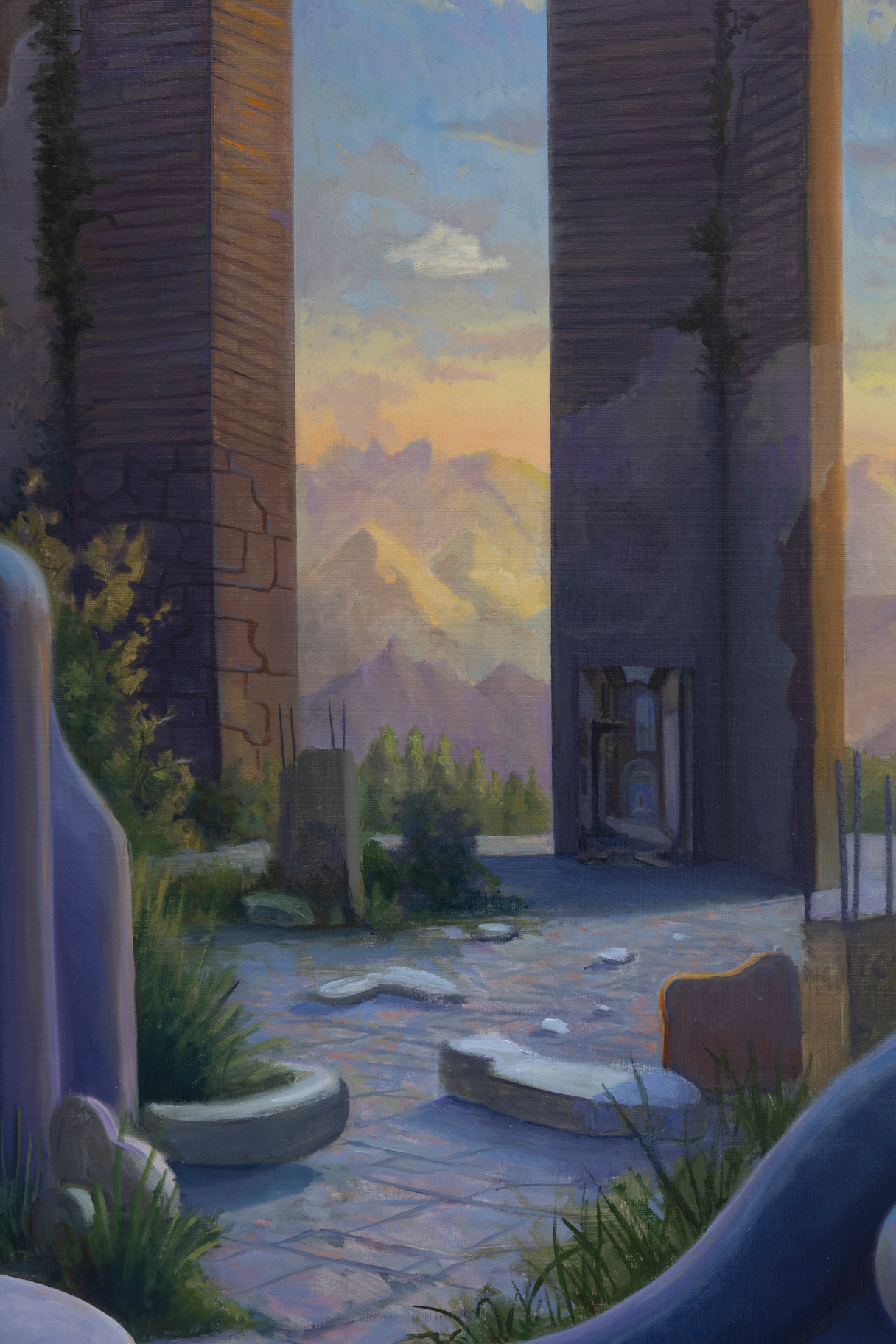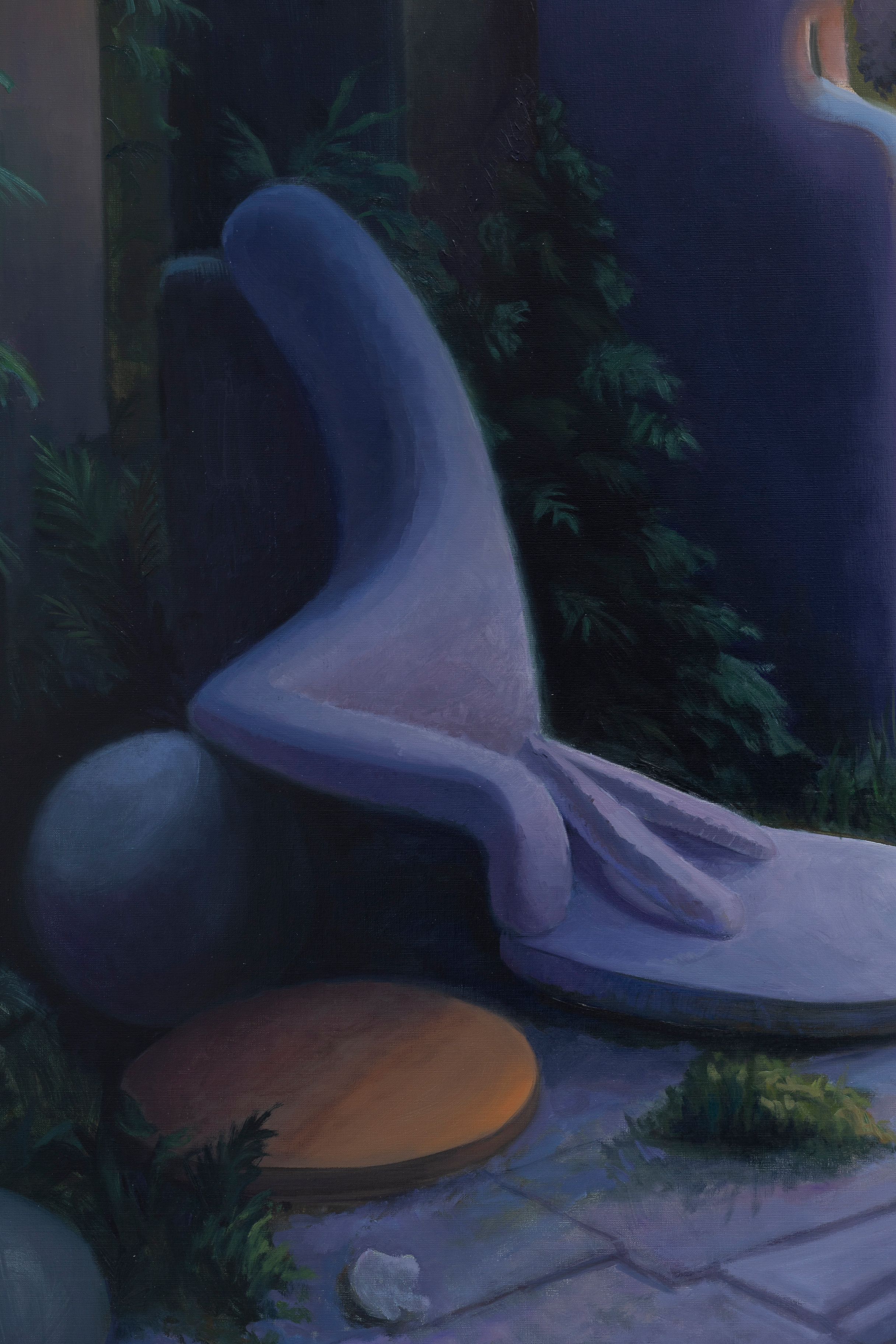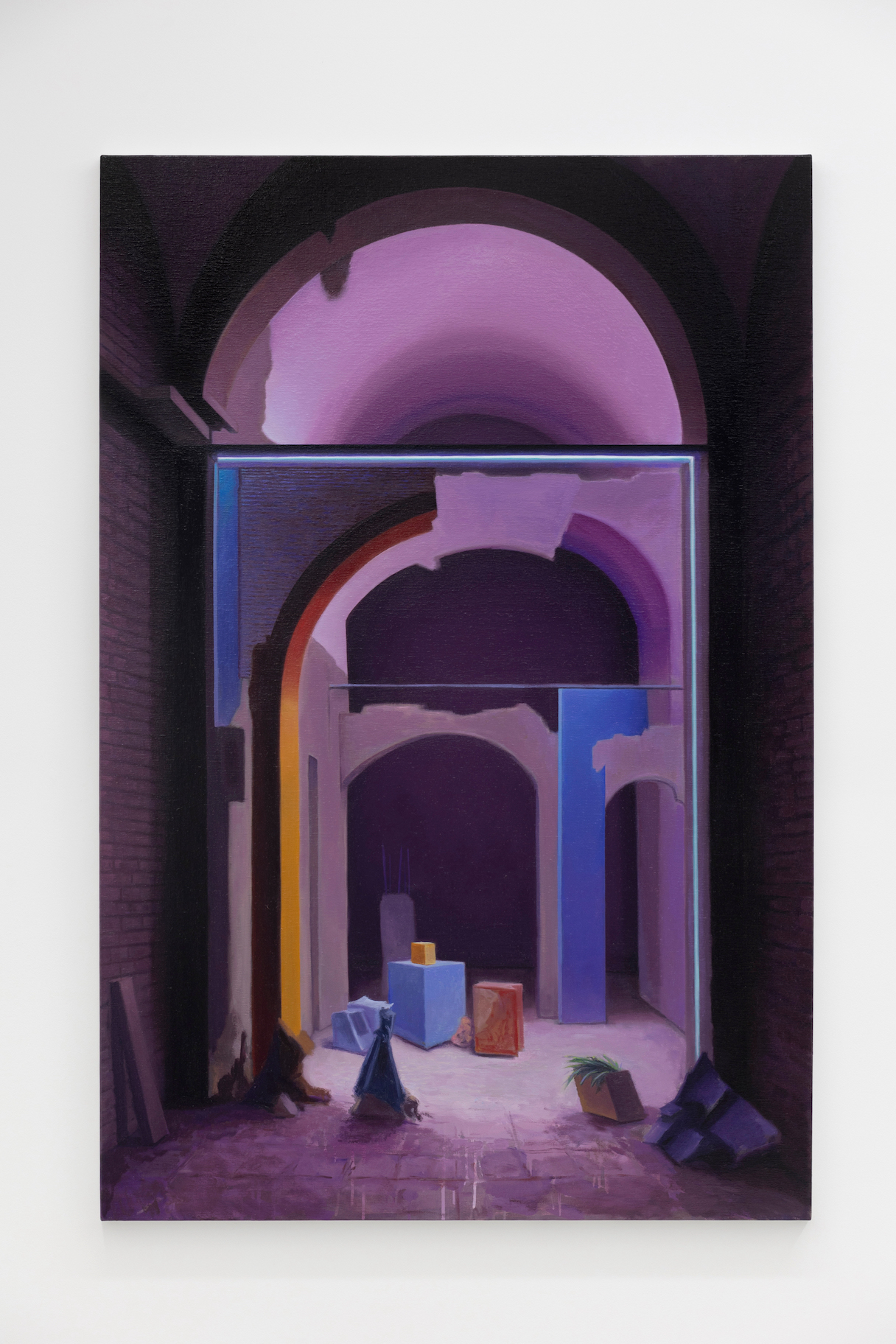
La piedra que se desprendió de la montaña | Marc Badia


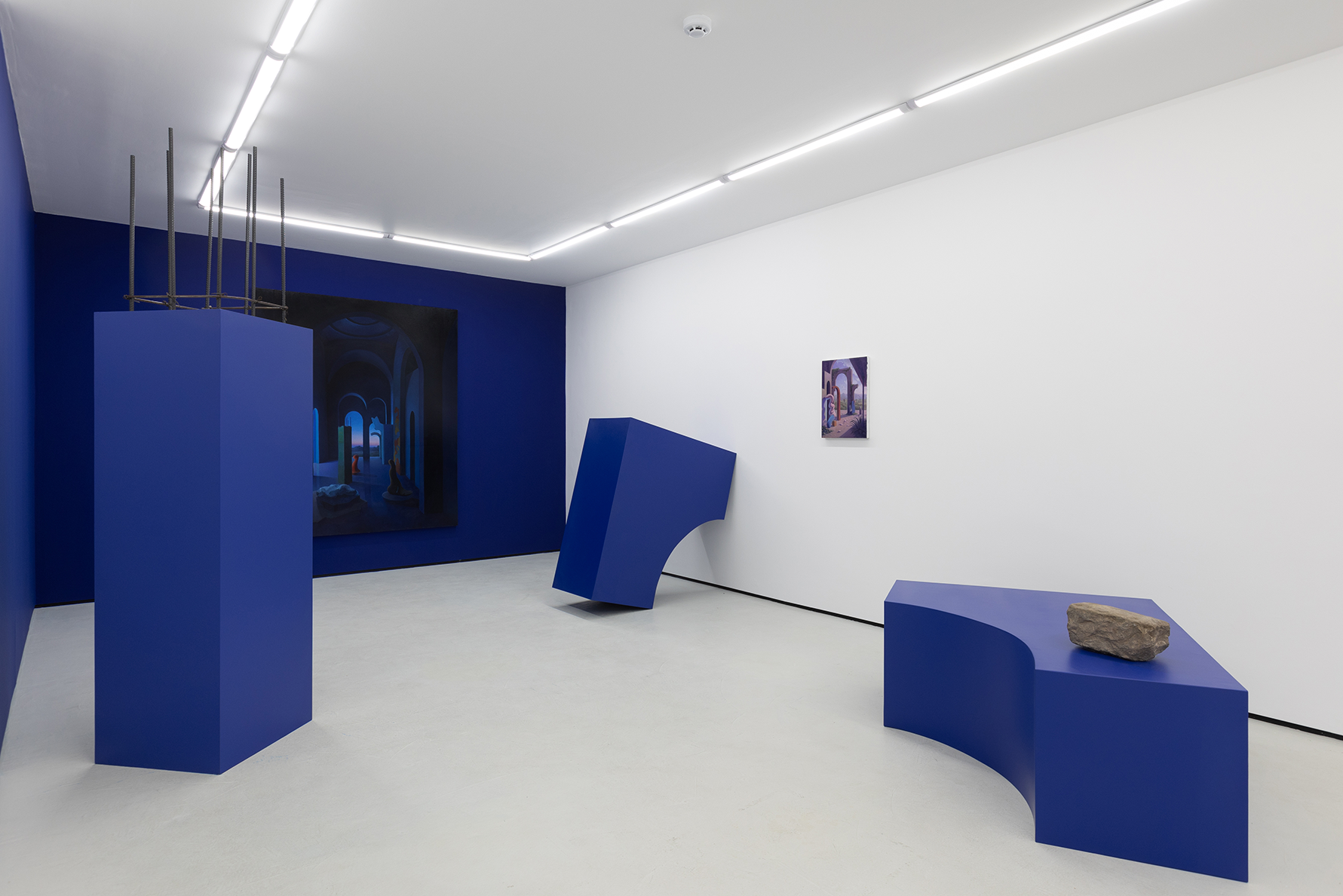

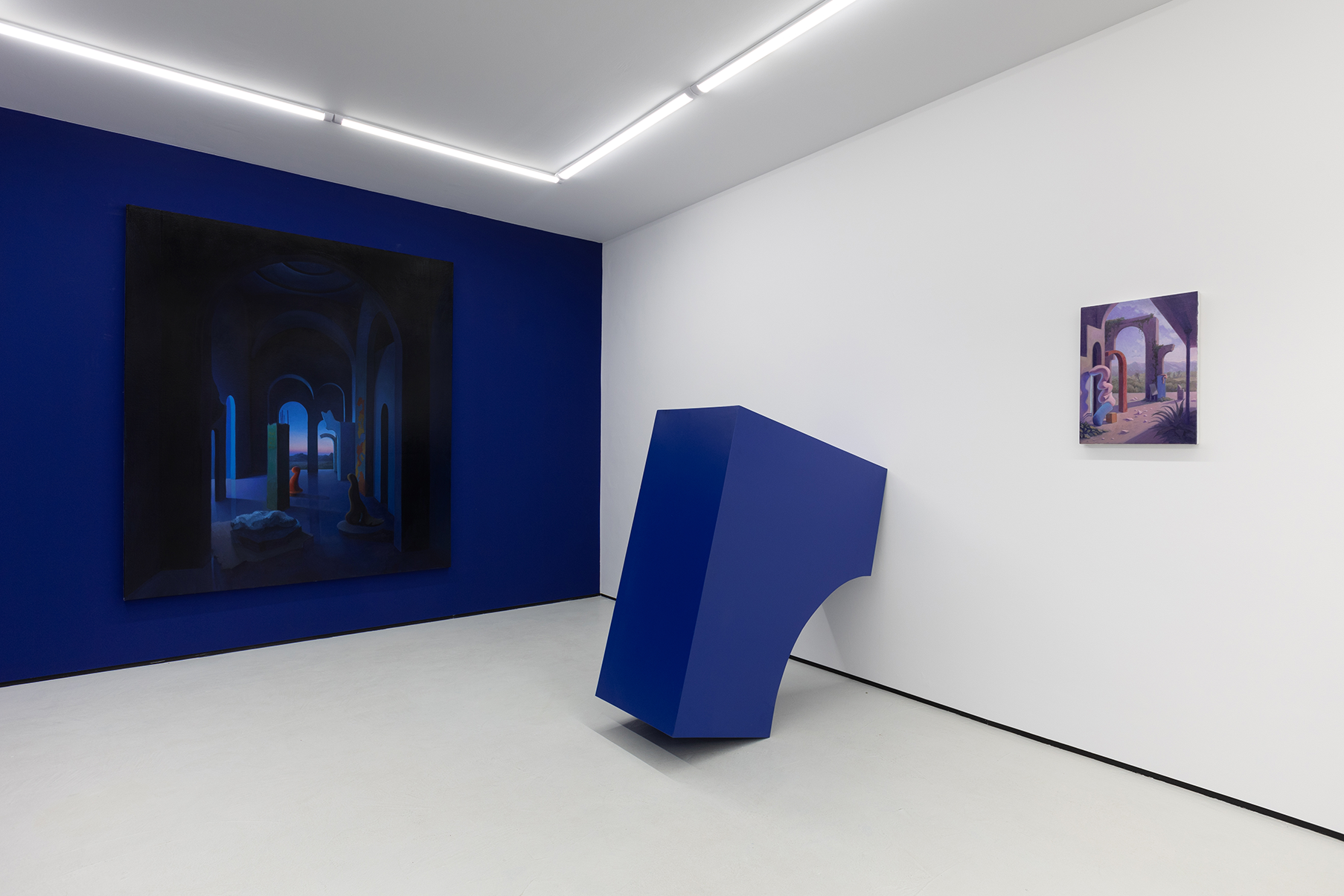
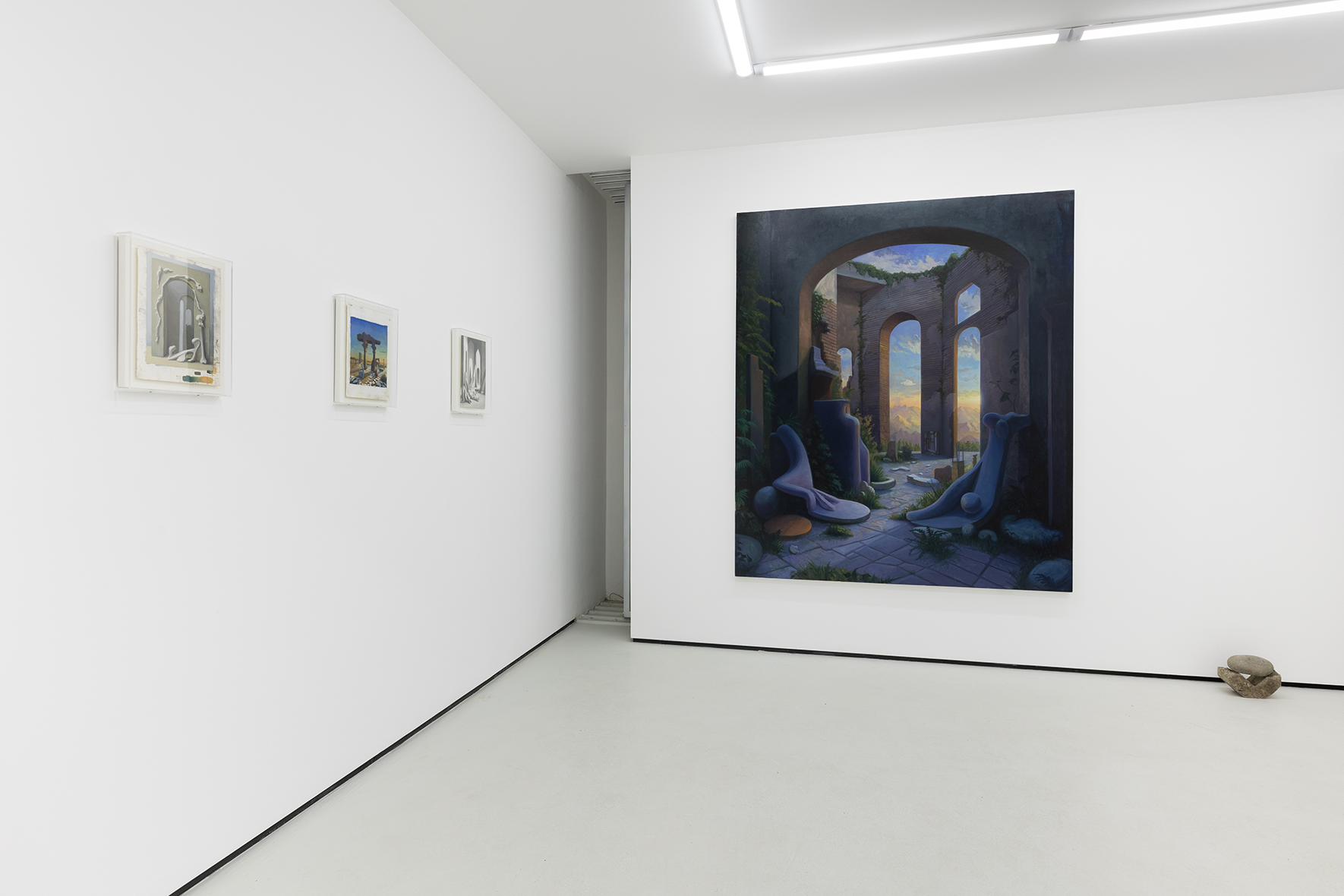
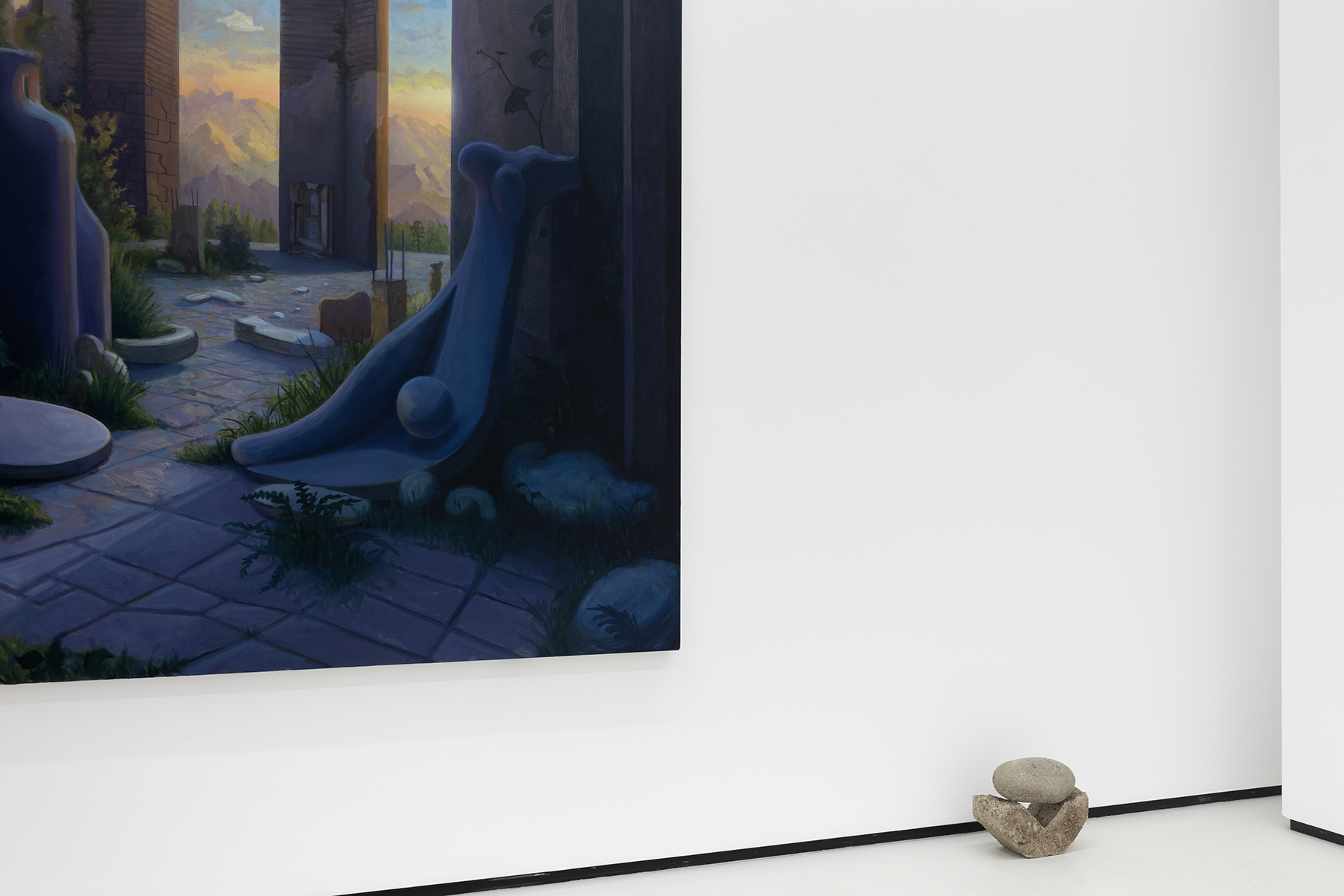

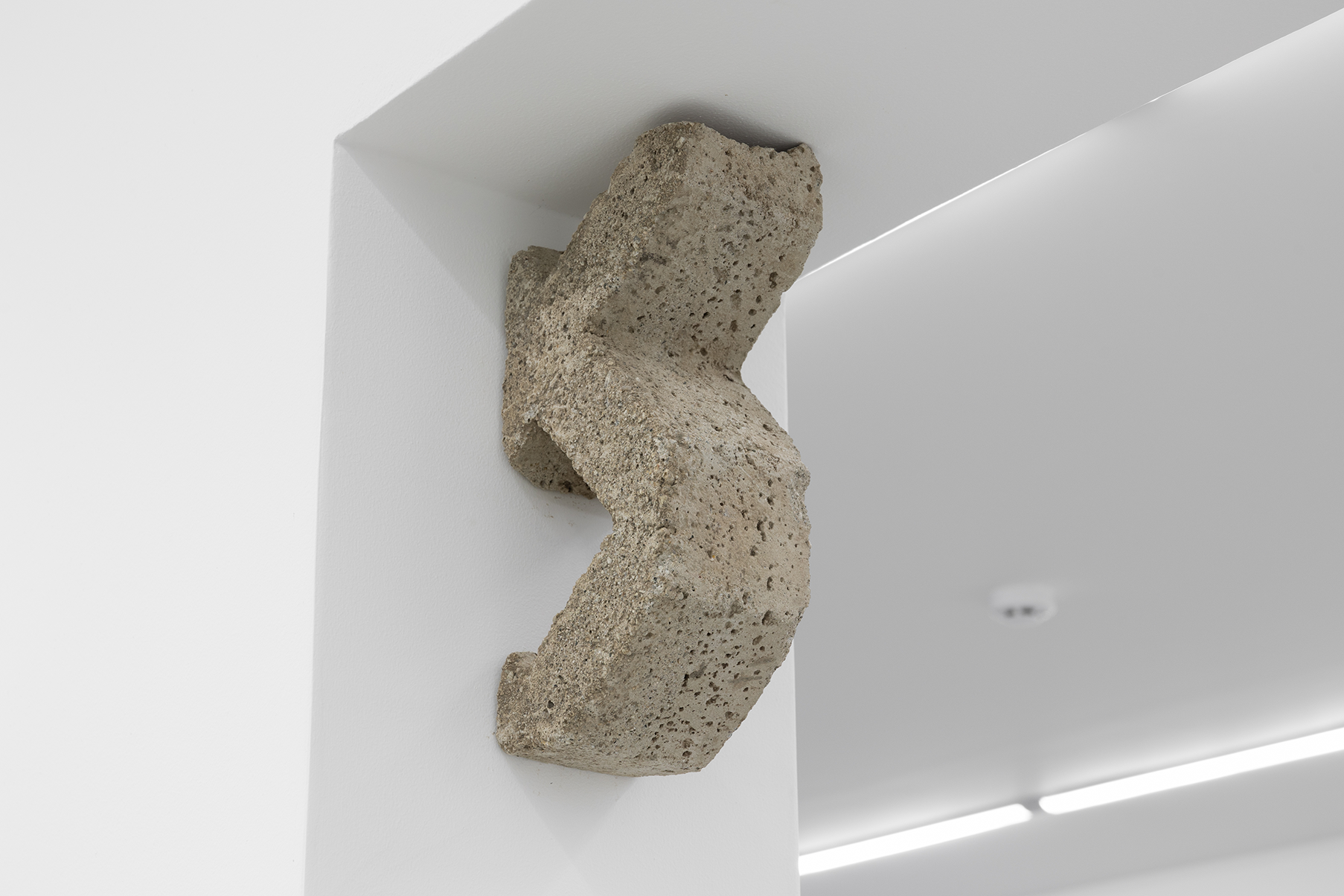

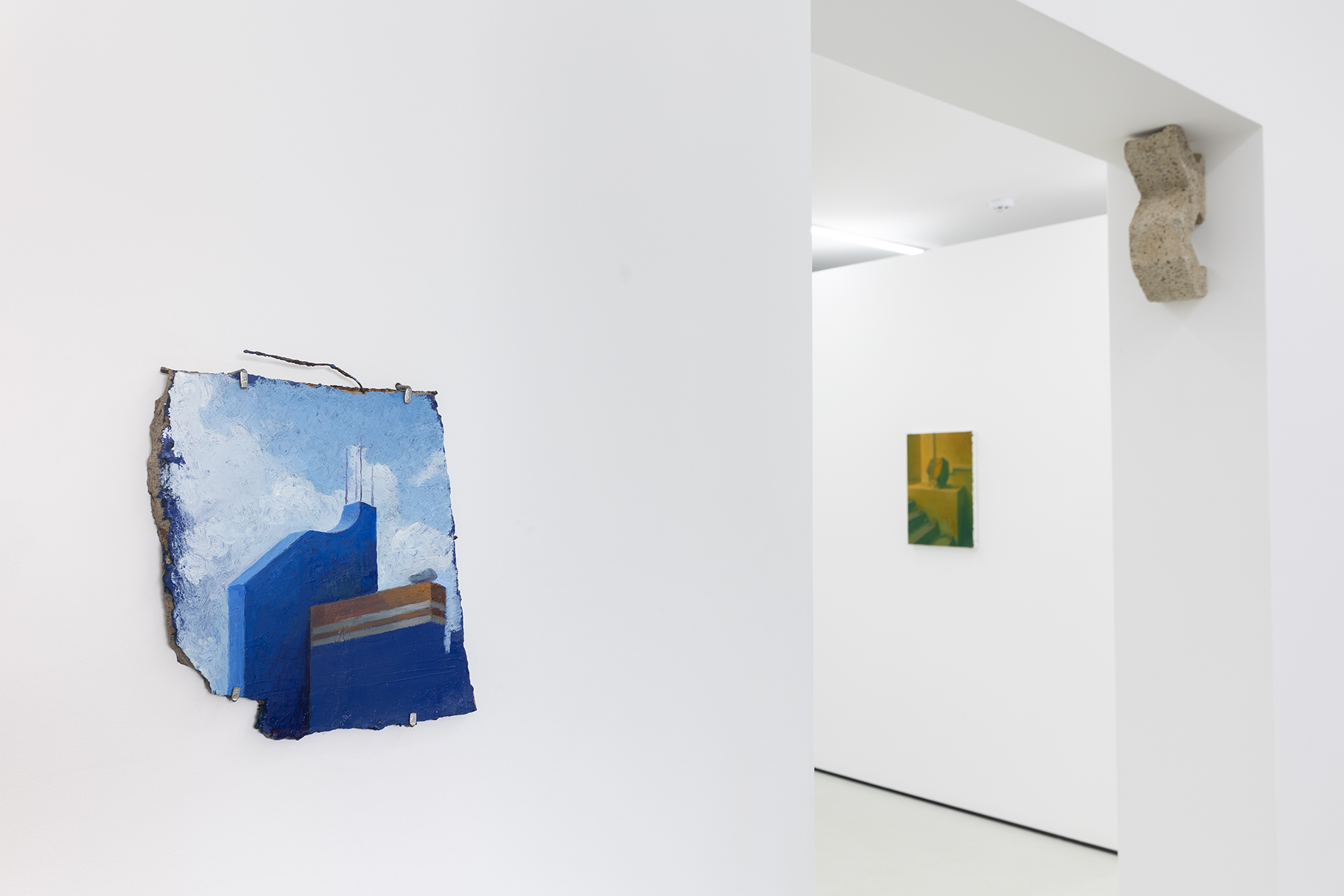
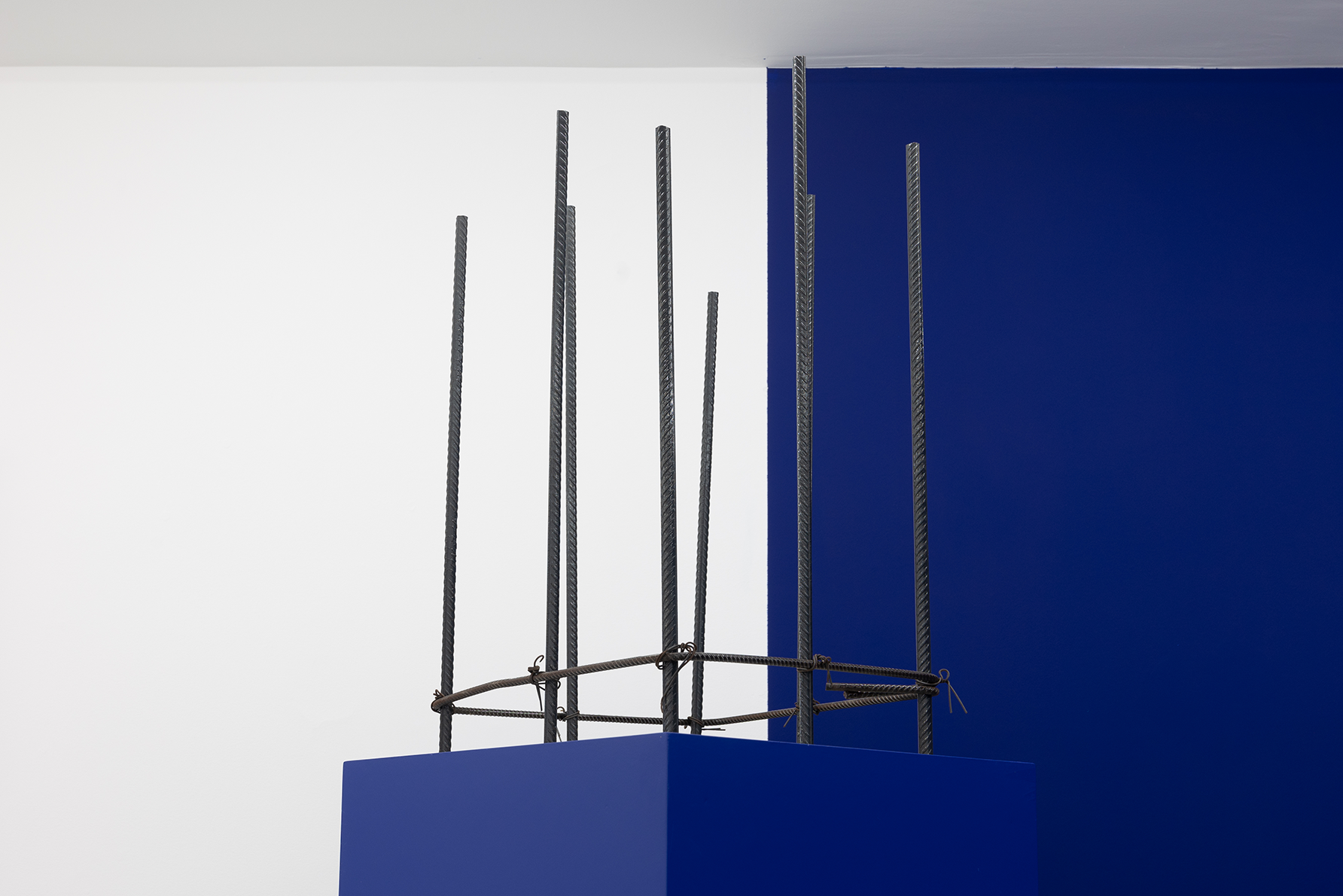
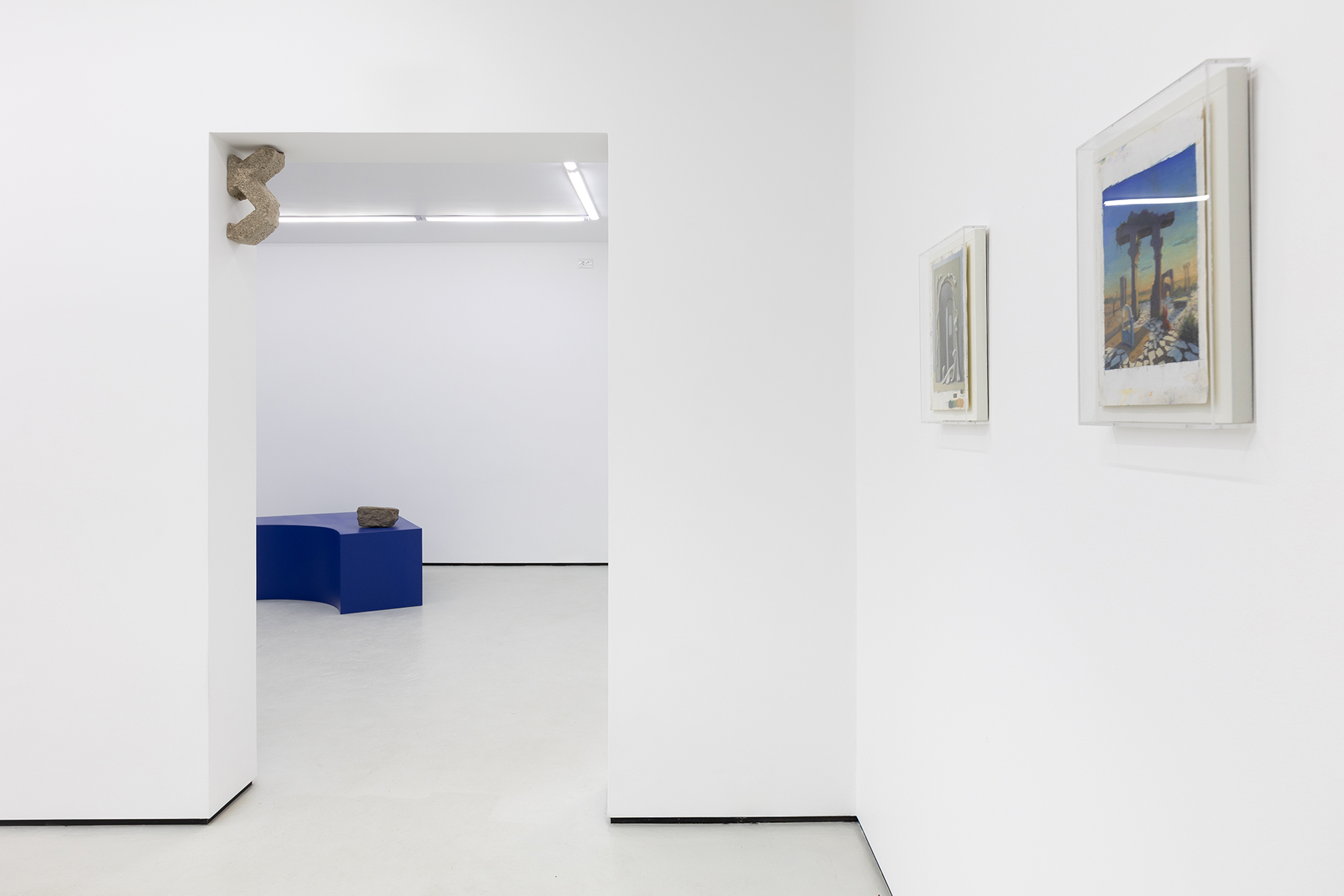
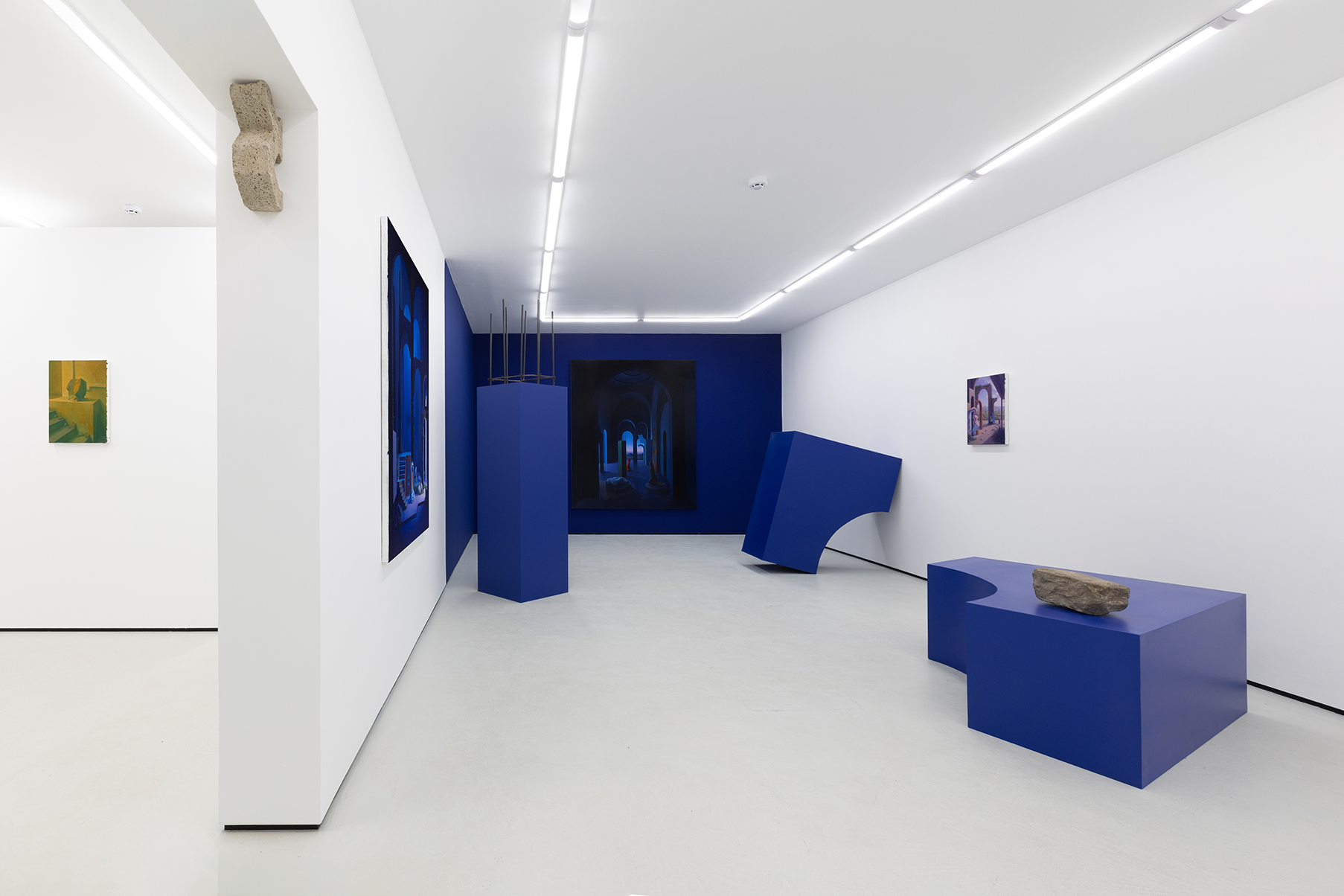

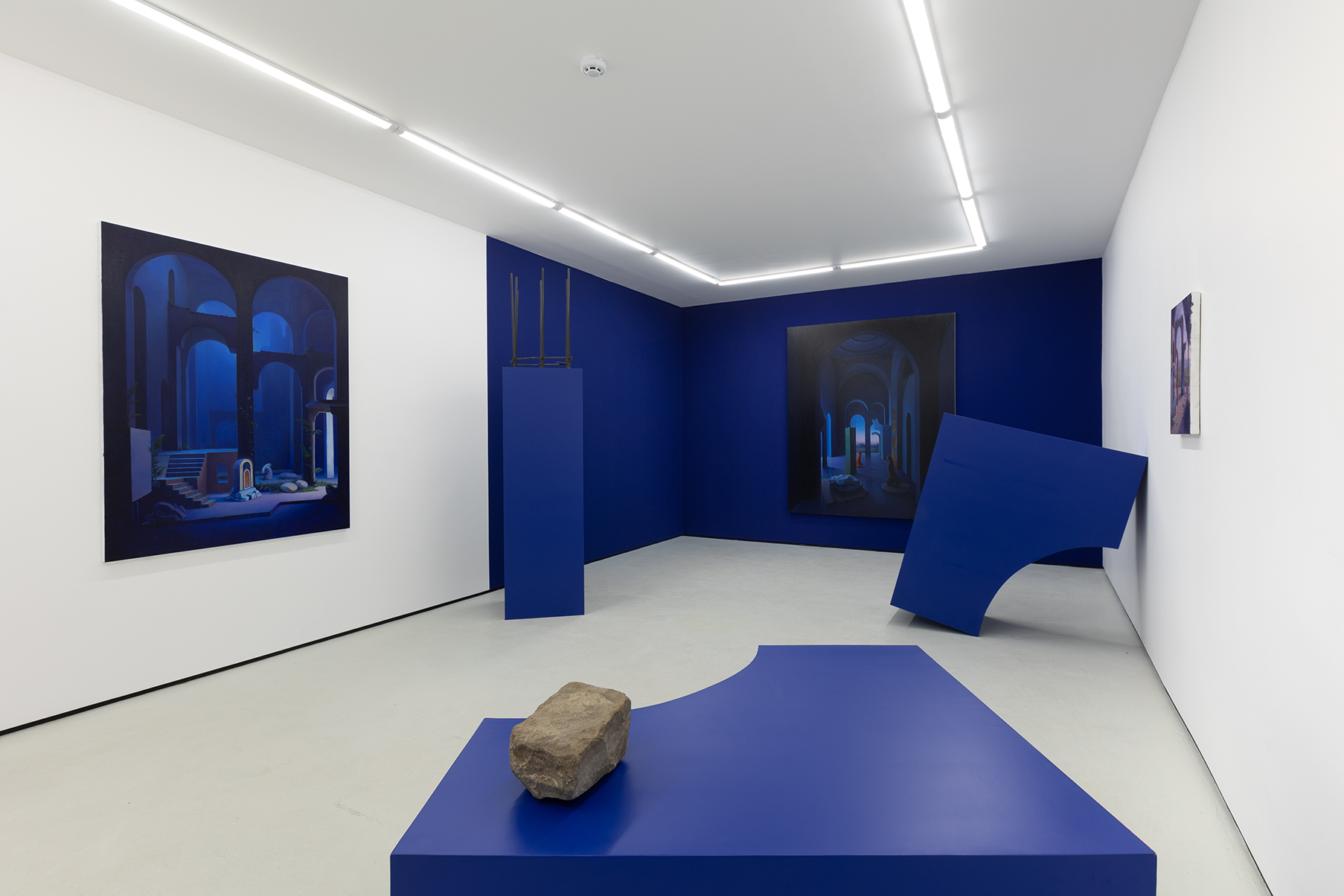
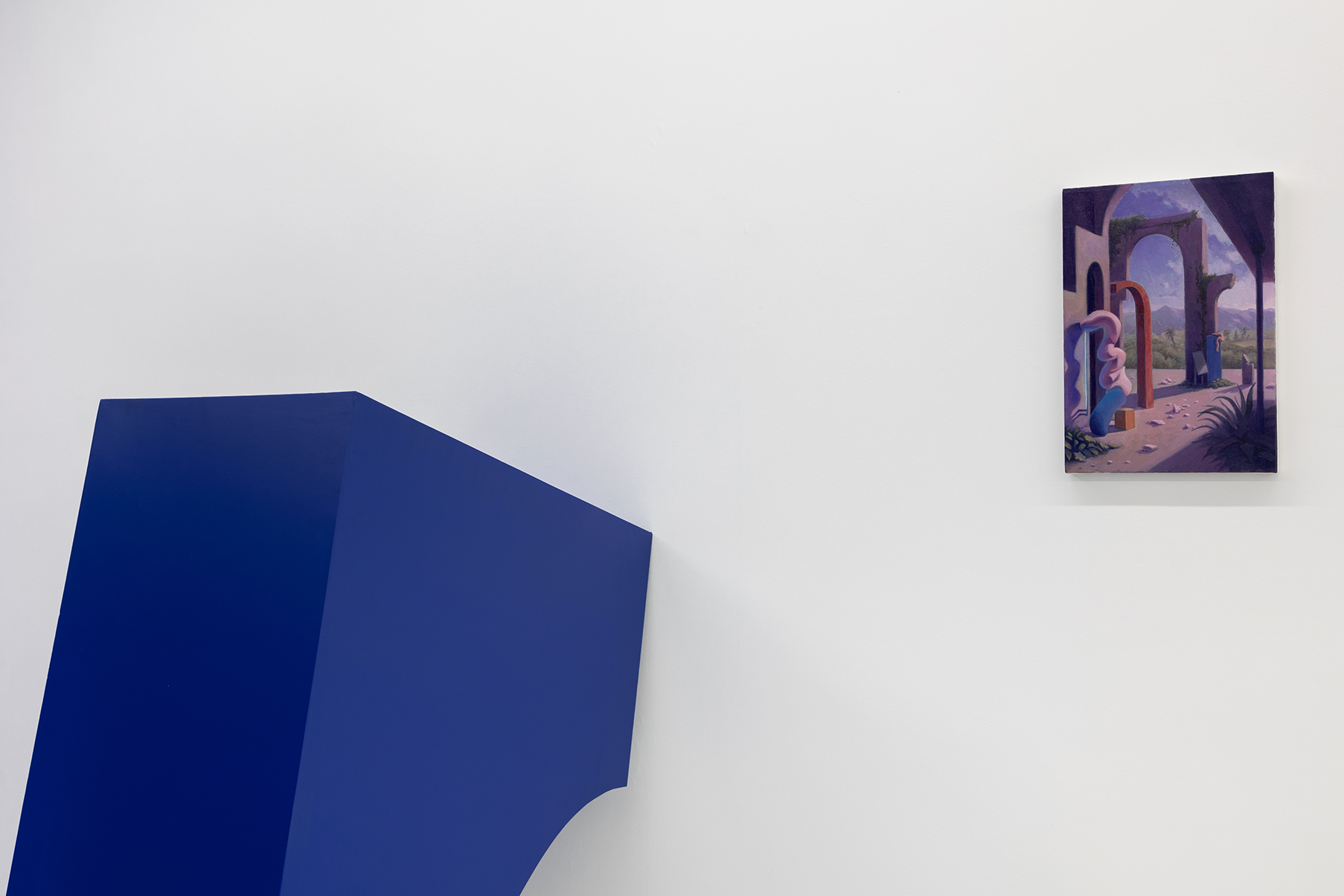

During his time in Peru, Marc Badia (1984, Barcelona) presents a series of works that stem from a precise idea: time as a non-linear structure. Using ruins as the material expression of this non-time, he finds within them a poetics of nostalgia and memory. These ruins are not representations of loss, but rather a territory where cycles overlap, and where the past blends with the present and fiction. In “Nostalgic for Ruins,” Andreas Huyssen suggests that in modernity, ruins evoke a melancholy for what has been lost and serve as points of resistance to progress and speed. Marc takes up this premise but shifts it toward a more intimate terrain. For him, the ruin is neither monumental nor archaeological—it is emotional. It is an attempt to reconstruct a refuge, to return to a place that exists only in memory. Marc’s ruins intertwine with his own biography: they evoke the town of his childhood, once prosperous thanks to the Catalan textile industry, now in decline. That melancholy for what once was becomes a creative impulse, a gesture of reconstruction each time he paints. In Lima, the artist observes the iron rods protruding from rooftops like skeletons awaiting a second life. In them, he finds an echo of his own search: structures that are both ruin and promise, unfinished past and future in waiting. That image haunts him until an experience in the Andean highlands turns it into revelation. Confronted by the vastness of the landscape, the wind and the stone return to him a simple certainty: matter also has will; the stone also moves. From that intuition arises “The Stone That Broke Away from the Mountain,” a setting that alludes to this silent agency of matter, but also to the human gesture of being moved, of accepting change. His works are records of that passage: they detach from the past without breaking it, they sediment into new forms, they allow themselves to be touched by the experience of the journey. Between the stones of the Inca temples and those of the Catalan factories, the artist finds a point of contact—a shared mineral vibration that transcends geographies and times. In the end, the stone is not only a motif but a metaphor: of the body that changes, the memory that persists, the matter that remembers. The stone that breaks away from the mountain does not fall—it finds its form in movement. Tarissa Revilla
Receive more information on available works from this exhibition.


Si la realidad es un complot, la ironía es un complot privado
2025 Oil on canvas 195 x 163 cm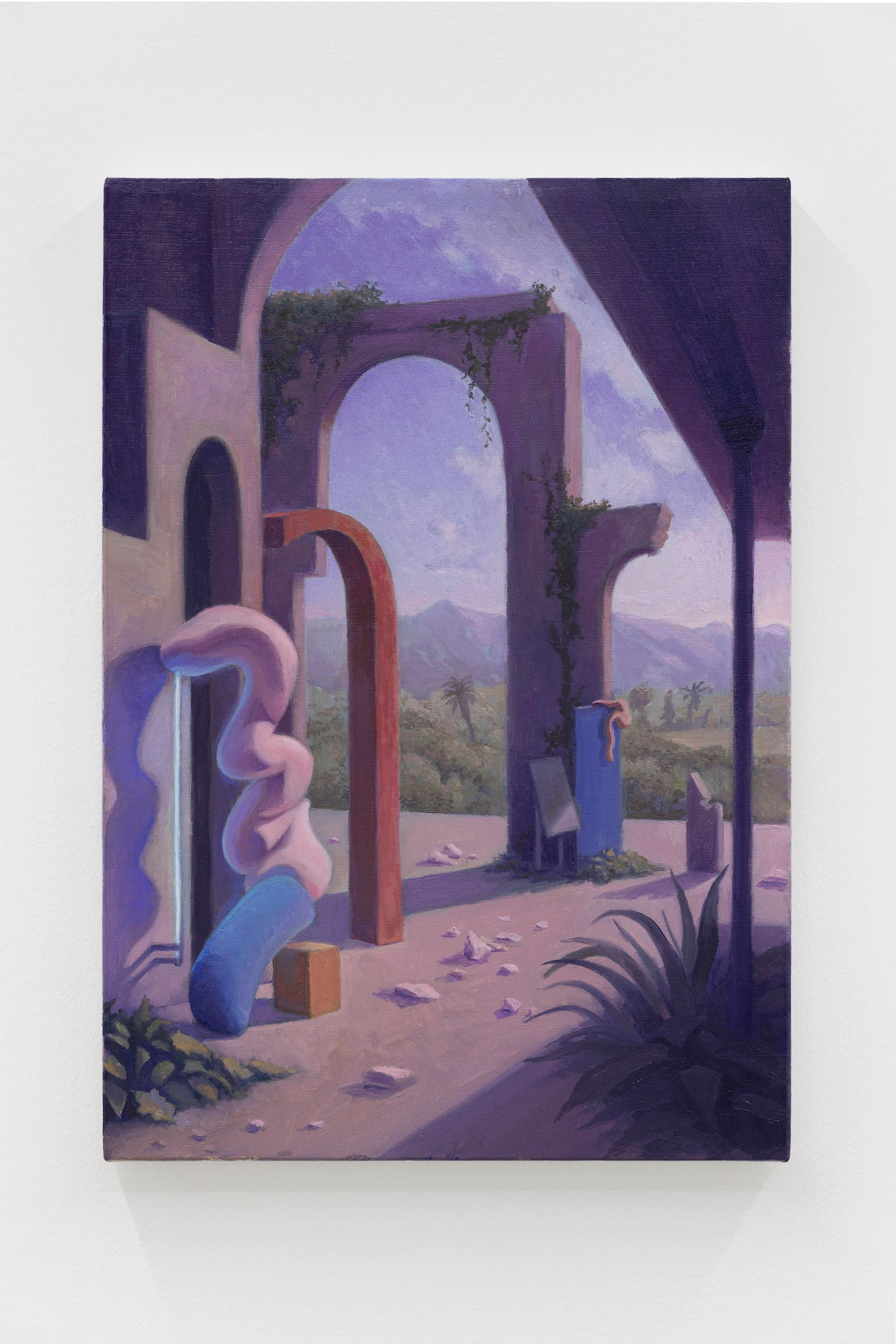
Pladur & papas
2025 Oil on canvas 50 x 35 cm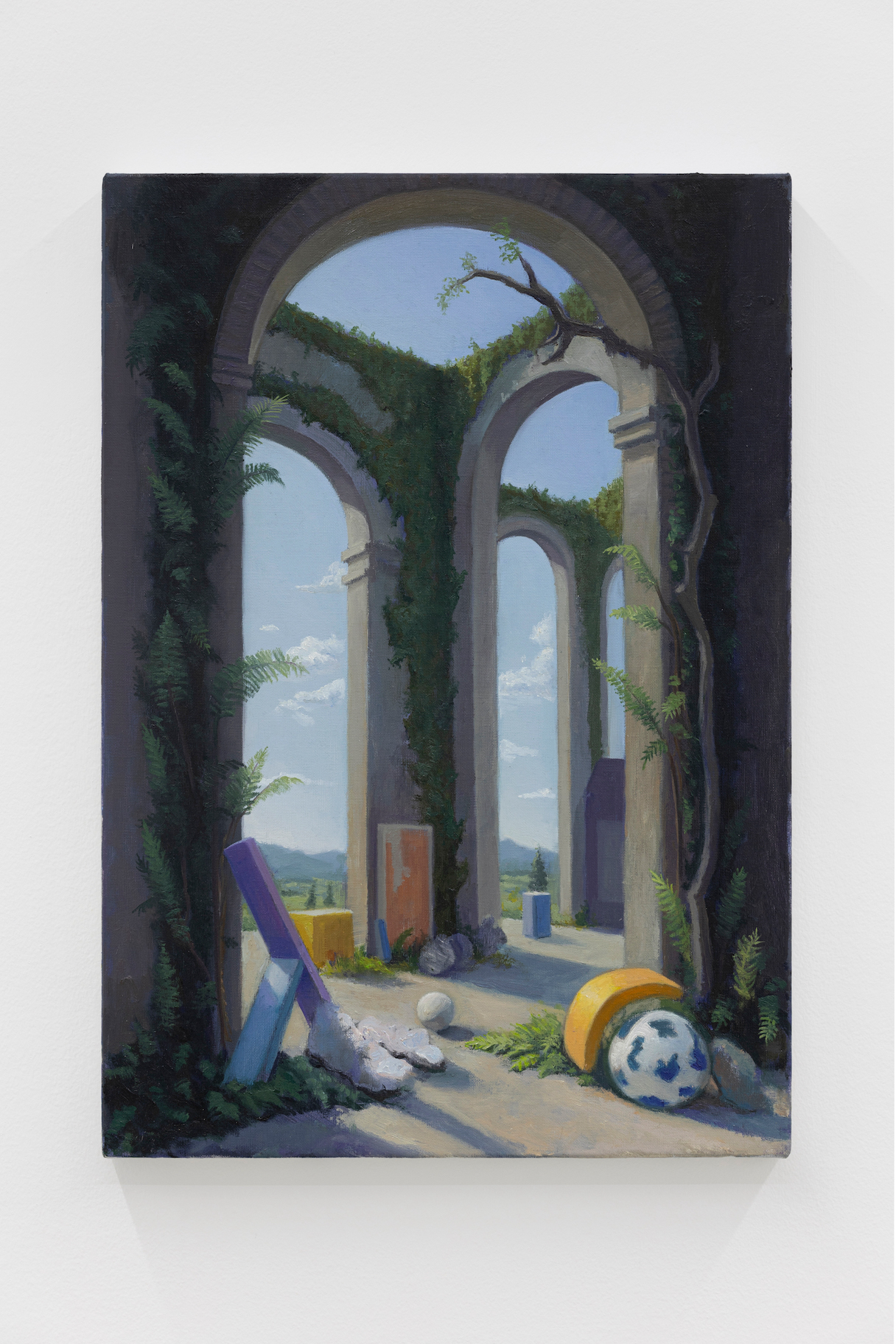
One from the tap
2025 Oil on canvas 50 x 35 cm
Take a look
2025 Oil on canvas 50 x 35 cmMarc Badia
Marc Badia (1984, Barcelona) holds a degree in Fine Arts and a master’s degree in Artistic Production and Research from the University of Barcelona. He was an exchange student at the Hochschule für bildende Künste Hamburg (HFBK). His artistic practice focuses on painting and installation, with compositions that merge the classical, the contemporary, and speculative fiction through the lens of absurdity. This juxtaposition of references creates a meticulous collage that operates as an archaeology of fictions. His practice is characterized by a playful yet critical approach to image-making, constantly questioning the boundaries between fiction, memory, and representation. He has exhibited in institutions and fairs such as the Centro del Carmen (Valencia), the Arranz Bravo Foundation (Barcelona), ARCO Madrid, ARCO Lisboa, Untitled Art Fair (Miami), Lorin Gallery (Los Angeles), JPS Gallery (Paris), Expositivo Mad (Madrid), and Fran Reus Gallery (Mallorca), among others. He has undertaken residencies at The Free University of Tbilisi (Georgia), DE Kaaij Festival (Nijmegen, Netherlands), EAN (Galicia), Major 28 (Lleida), L21 (Mallorca), and Enlace (Lima).
